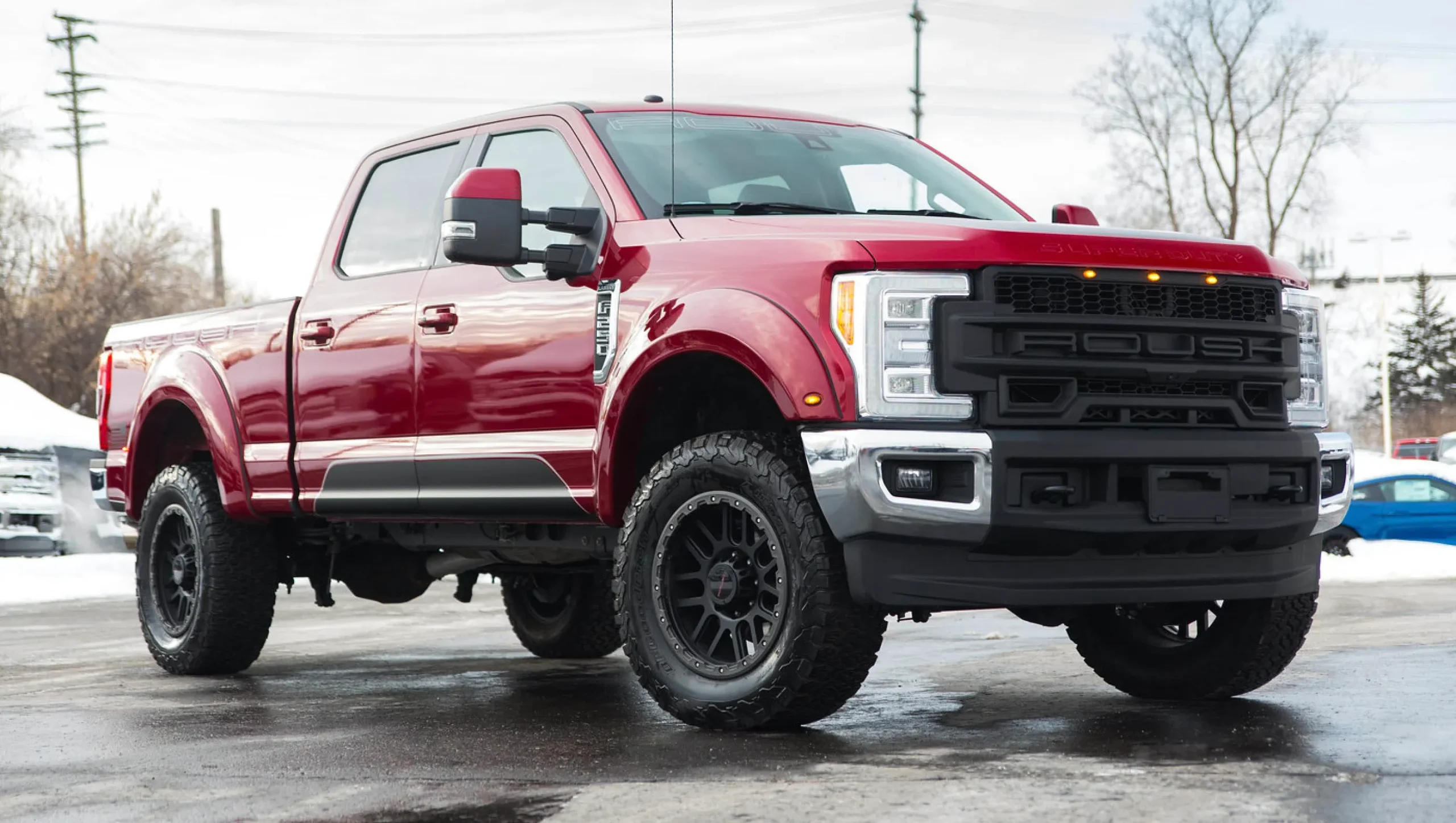When considering the purchase of a pickup truck, one of the most critical factors often overlooked is the strength and durability of its frame. The truck’s frame is essentially its backbone, supporting the suspension, drivetrain, and body.
A well-engineered frame means longevity, safety, and reliable performance over time, especially in harsh conditions. Conversely, a frame vulnerable to rust can lead to dangerous structural failures and costly repairs.
This guide breaks down five trucks known for their robust, long-lasting frames and five models infamous for rapid frame corrosion. Whether you’re looking for a dependable workhorse or a vehicle that holds its value over the years, understanding these differences will help you make a smarter purchase and avoid costly headaches.
5 Trucks With Strong Frames
1. Toyota Tacoma (Post-2011)
The Toyota Tacoma models built after 2011 represent a major improvement in frame durability compared to earlier versions. Toyota addressed past rust problems by switching to galvanized steel, improving drainage holes, and applying better anti-corrosion coatings.
These newer Tacomas feature fully boxed frames, enhancing torsional rigidity and preventing flex under heavy loads. This boxed design also limits moisture and salt accumulation, which were significant issues in older models.
Toyota’s engineering draws from the Land Cruiser pickup’s overbuilt principles, designed to survive harsh military and agricultural environments worldwide. This rugged frame, combined with Toyota’s reliable powertrain, means the post-2011 Tacoma can endure extreme off-road abuse and resist rust for many years.
As a result, owners can confidently expect these trucks to last 15 to 20 years with proper maintenance, making them a favorite for serious off-roaders and long-term owners alike.
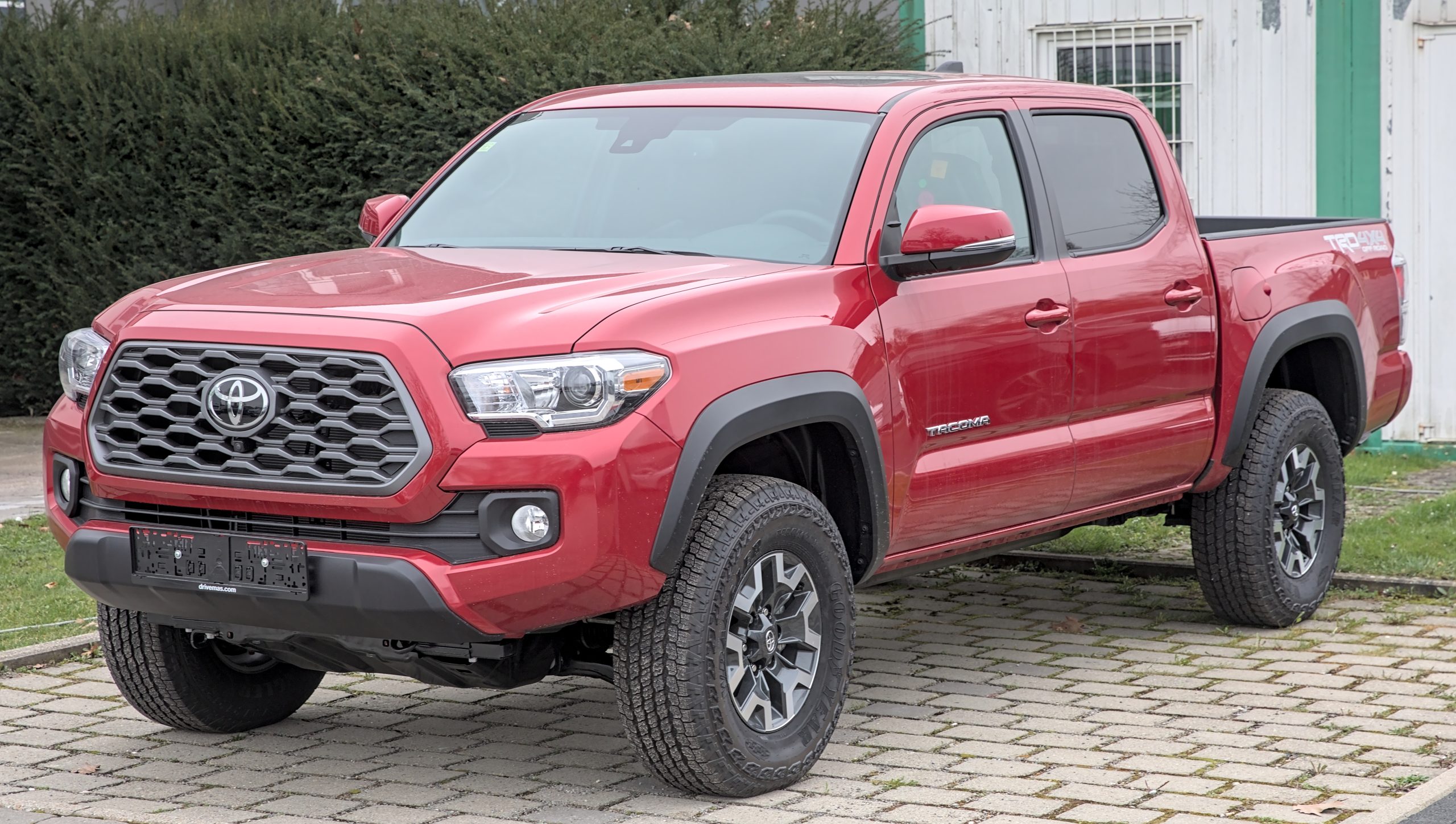
2. Ford Super Duty (F-250 / F-350, 2005–Present)
Ford’s Super Duty trucks are renowned for their ability to endure extreme work conditions. The frames of these trucks are massive and fully boxed, engineered to handle heavy towing and payloads without sacrificing structural integrity.
A key feature is their hydroformed frame rails, which combine strength with precise component fitment to reduce flex and keep drivetrain and suspension parts aligned. Ford’s use of high-tensile steel and robust crossmembers increases resistance to bending and corrosion.
From 2005 onward, the company improved rust protection through advanced undercoating, weld sealing, and better drainage designs, particularly in known trouble spots.
Owners who wash their trucks regularly, especially in winter, see exceptional frame longevity. These durable frames make the Super Duty a top choice for those needing a tough, reliable truck that can withstand harsh environments for well over a decade.
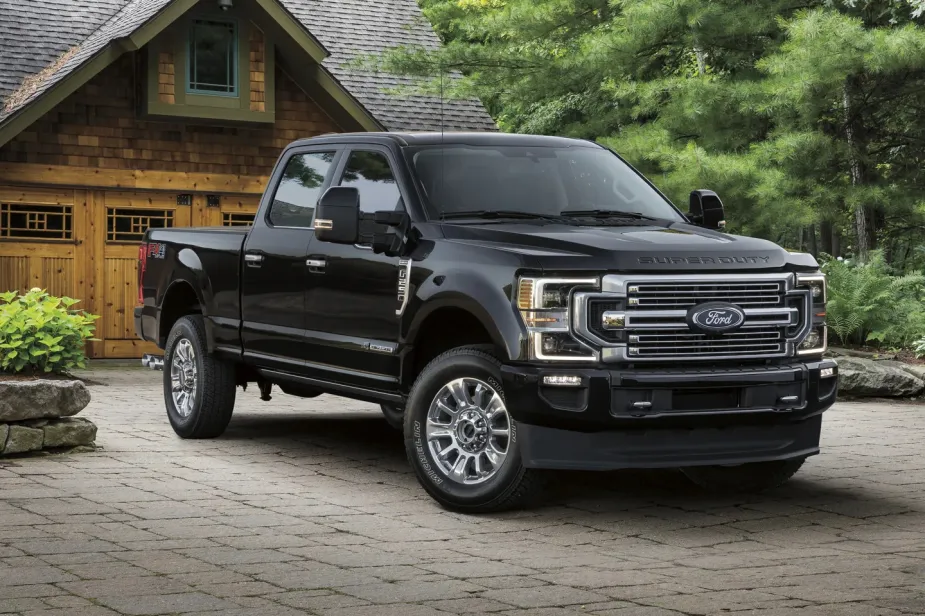
3. Ram 2500 / 3500 Heavy Duty (2010–Present)
Starting in 2010, Ram significantly enhanced its heavy-duty trucks by upgrading the frame structure with high-strength, hydroformed steel featuring boxed rear rails. This design greatly improves rigidity, load capacity, and resistance to torsional twisting important for stability under heavy loads and towing.
Unlike older open C-channel frames prone to rust and flex, Ram’s newer frames are much more robust. The trucks also benefit from layered rust protection, sealed weld zones, and strategic drainage to keep moisture and salt out.
Real-world users report excellent frame integrity even after 200,000 to 300,000 miles, reflecting the durability of Ram’s engineering. Additionally, the suspension and crossmember design reduce sag and alignment problems.
For those who need diesel power with structural reliability, Ram’s post-2010 HD lineup stands out as a long-term investment.
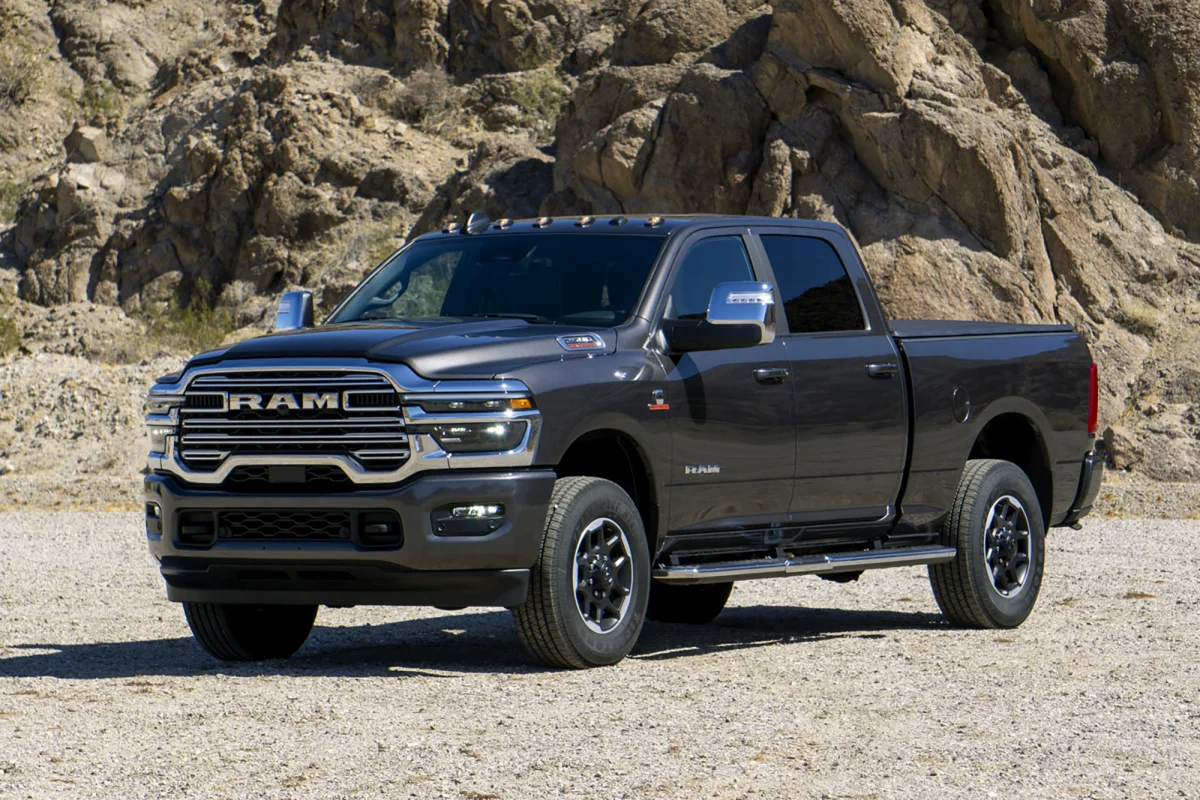
4. Chevrolet Silverado 2500 / 3500 (2011–2019)
Chevrolet’s 2011 redesign of its Silverado 2500 and 3500 HD models brought a major upgrade to the frame. The fully boxed frame uses stronger steel and incorporates better corrosion-resistant coatings and improved drainage, addressing rust issues seen in earlier models.
Increased torsional rigidity and reinforced crossmembers improve towing performance and durability. The design also avoids unnecessary holes, which reduces stress points and increases overall frame longevity. Many owners report strong structural integrity even after years of heavy use, including trailering and off-road driving.
The frames of these Silverados have proven to outlast the cosmetic wear of the truck body, making them a reliable choice for commercial and personal heavy-duty use. Regular cleaning and maintenance further extend their lifespan, ensuring the trucks remain safe and roadworthy for many miles.
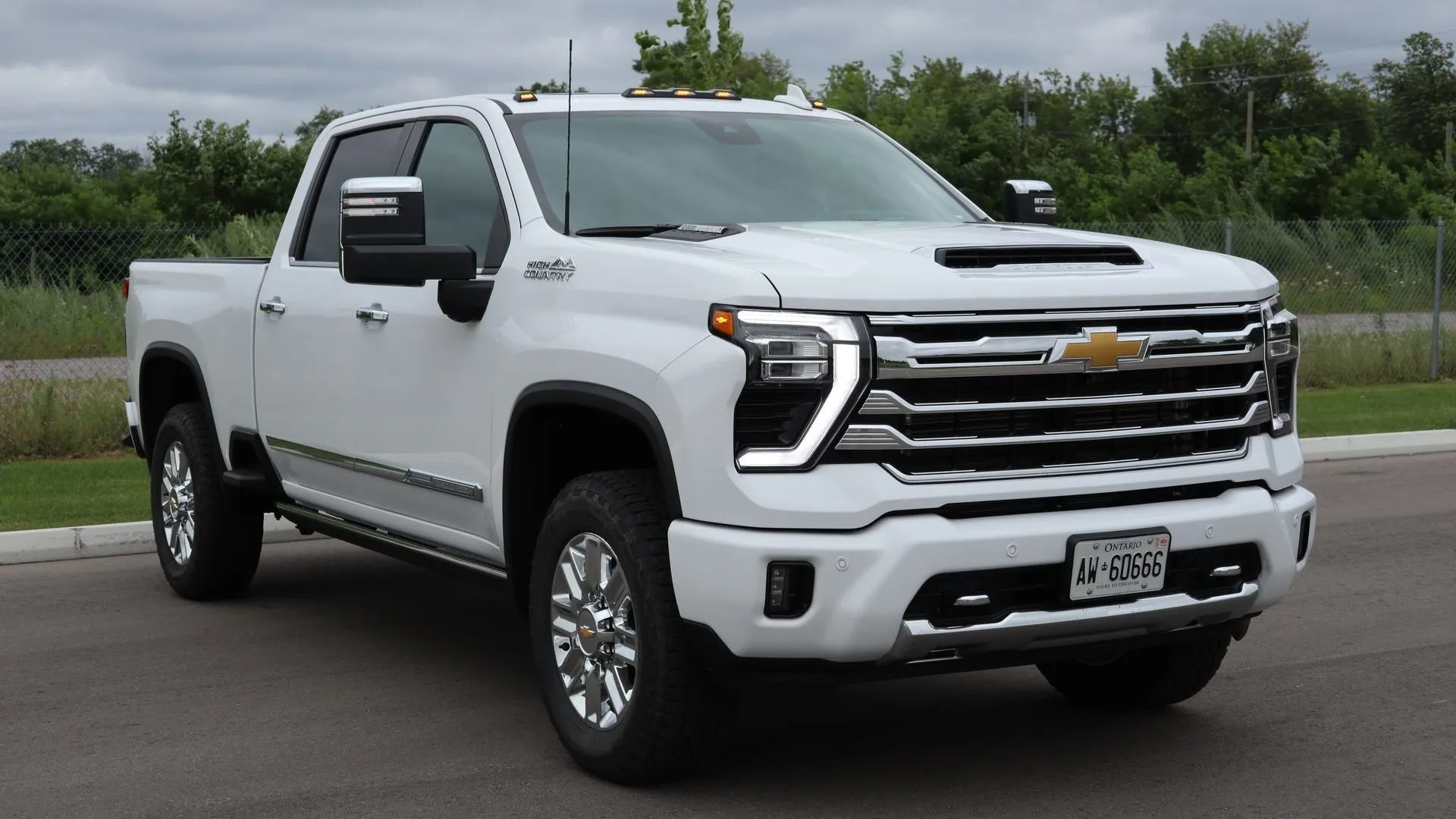
5. Nissan Titan XD (2016–2020)
Nissan’s Titan XD was engineered as a bridge between half-ton and three-quarter-ton trucks, with a focus on heavy-duty capability. It’s a fully boxed ladder frame, made from high-tensile steel with wider rails, that offers superior stiffness and resistance to flexing under load.
The Titan XD also boasts enhanced corrosion protection, including thicker undercoating, better seam sealing, and tighter welds to minimize moisture intrusion. This makes the truck more resistant to frame rust than many competitors in its price range.
Designed for buyers who need more towing power without stepping up to a full heavy-duty truck, the Titan XD handles demanding work environments with resilience.
Although discontinued, well-maintained Titan XDs remain sought after on the used market for their durable frames and overall structural integrity, making them a solid long-term choice for a heavy-duty pickup.

5 Trucks That Rust Out Fast
1. Toyota Tacoma (2005–2010)
Despite Toyota’s overall reputation for reliability, the 2005-2010 Tacoma is a notorious exception due to severe frame rust issues.
Poor factory corrosion treatment and drainage design allowed moisture and road salt to accumulate inside the frame cavities, causing deep internal rust that weakened critical areas like suspension mounts and fuel tank brackets.
This corrosion was often hidden under the truck’s surface, making it hard to detect before severe damage occurred. Many trucks required expensive frame replacements or were scrapped altogether. Toyota implemented a Customer Support Program to address the problem, but not all vehicles were repaired in time.
The rust risk makes purchasing a used Tacoma from this era particularly hazardous unless you can confirm frame replacement or extensive treatment. Despite excellent drivetrain durability, the frame issues severely compromise safety and long-term ownership value.
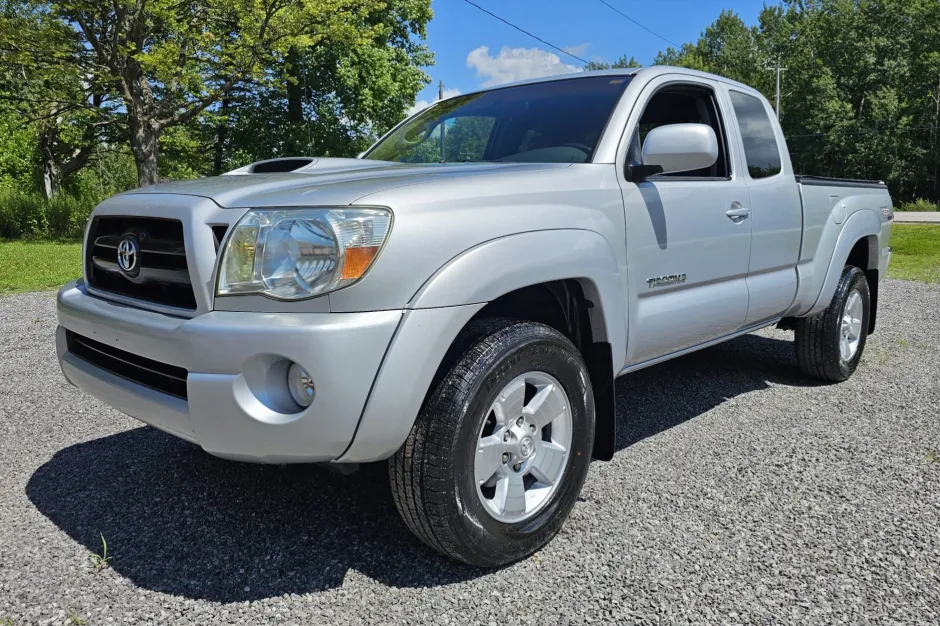
2. Chevrolet Silverado / GMC Sierra (1999–2007)
The GMT800 generation of Silverado and Sierra trucks gained popularity for performance but were plagued by frame rust problems. These trucks used mild steel with open C-channel frames that trapped road salt, water, and debris in vulnerable areas like rear rails and crossmembers.
Rust would spread rapidly, weakening suspension mounts and critical safety points. Brake and fuel lines, routed along the frame and unprotected, were also prone to corrosion and failure. The rust damage was often hidden in hard-to-see spots, requiring extensive inspections.
Many otherwise solid trucks had to be scrapped because frame repairs were impractical or temporary at best. For used truck buyers, these models carry a high rust risk despite affordable pricing. Thorough professional inspections are essential to avoid costly surprises.
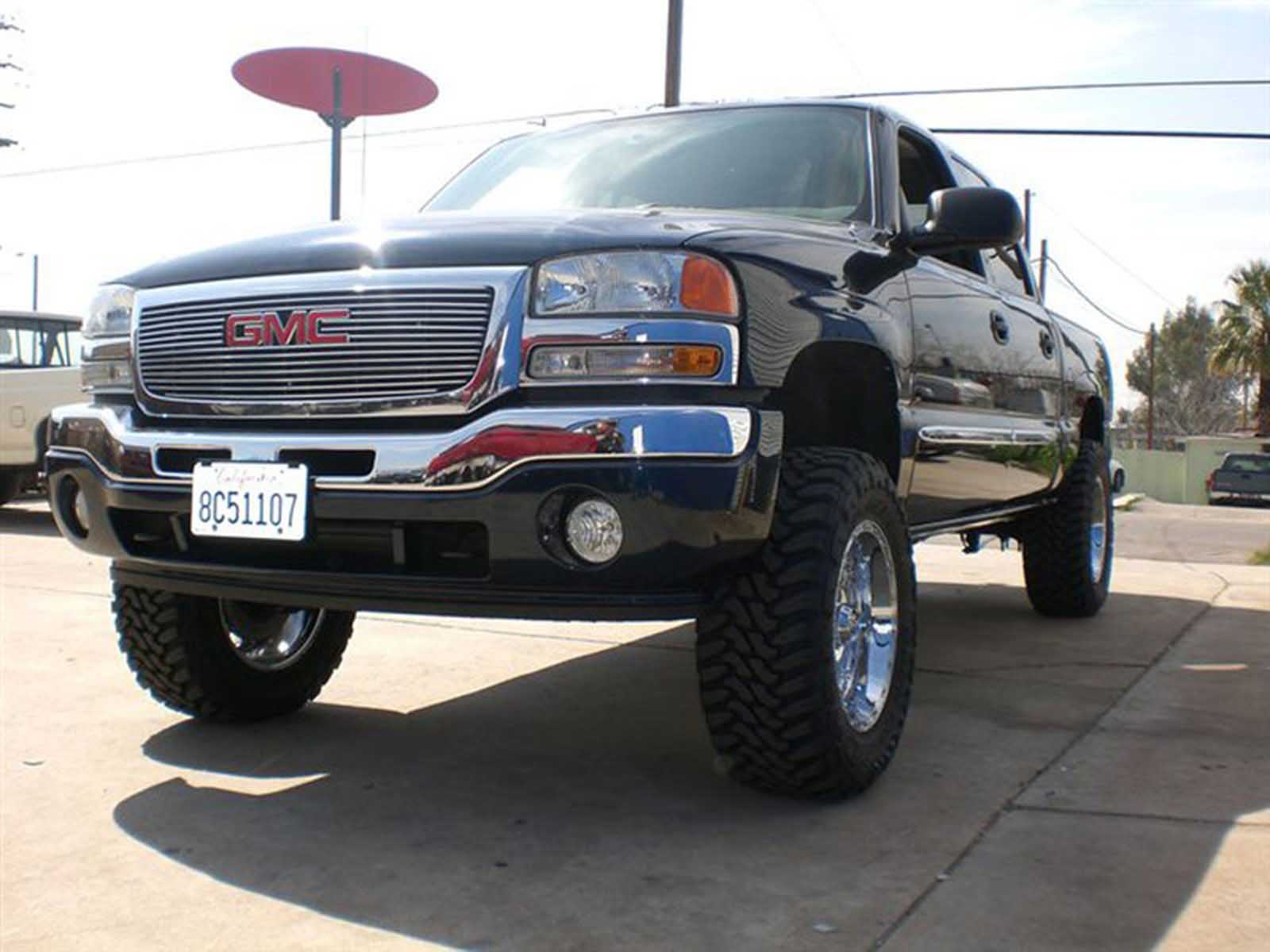
3. Nissan Frontier (1998–2004)
The first-generation Nissan Frontier is well-regarded for its size and reliable powertrain, but its frame is infamous for rusting, especially in northern climates. Poor factory coatings and design flaws allowed moisture to settle in key frame areas, leading to severe rust around rear leaf spring shackles and frame rails.
Rust damage often went unnoticed until it compromised suspension safety. Freeze-thaw cycles inside hollow frame sections caused cracks and structural weakening.
Due to low resale value, many owners avoided costly repairs, leading to many trucks ending up in junkyards while engines remained usable. If you find a cheap early Frontier, beware of hidden frame decay. Proper inspection is critical.
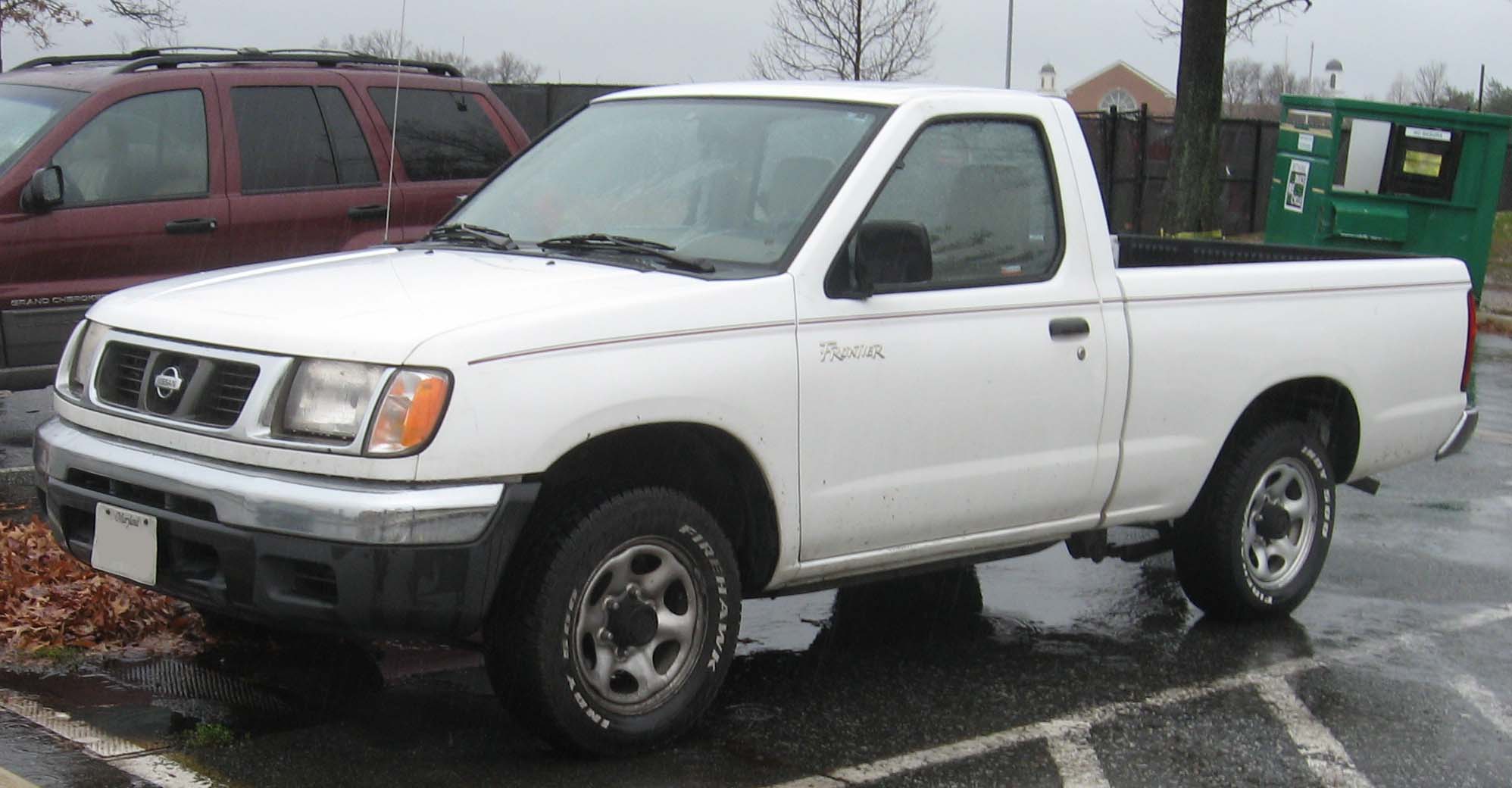
4. Dodge Dakota (1997–2004)
The Dodge Dakota from this period offered strong towing with V8 power but suffered from widespread rust, particularly in northern regions. The C-channel frame design collected water without effective rustproofing or seam sealing, accelerating corrosion.
Rust affected rear rails, shock mounts, leaf spring hangers, cab mounts, and fuel line brackets, resulting in multiple structural issues simultaneously. Owners frequently experienced frame cracks and rust holes near critical suspension supports.
While weld repairs were possible, they were often cost-prohibitive given the truck’s declining overall condition. The Dakota’s rust problems contributed to its rapid decline in road presence, and finding rust-free examples today is rare.
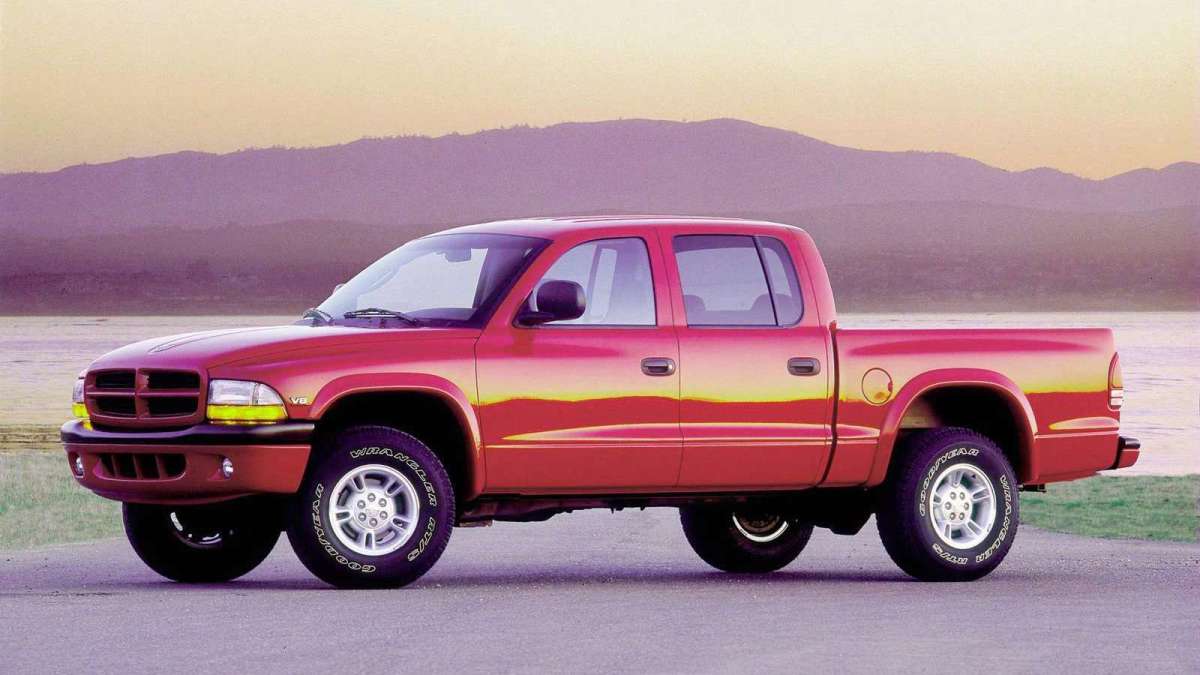
5. Ford Ranger (1998–2011)
The Ford Ranger’s popularity as a compact, budget-friendly truck is well-earned, but its frames built from 1998 to 2011 have a notorious rust problem. The rear frame rails, especially near the spare tire mount, trap moisture and salt, causing corrosion from the inside out.
This can lead to dangerous failures, such as spare tires falling off or suspension components detaching. The frame’s poor drainage and limited factory corrosion protection compounded the issue, especially in snowy climates.
Ford issued multiple safety bulletins and eventually improved the frame design, but many early Rangers suffer from compromised structural integrity today. Buyers must be vigilant when inspecting used Rangers, as rust damage is often hidden beneath surface coatings.
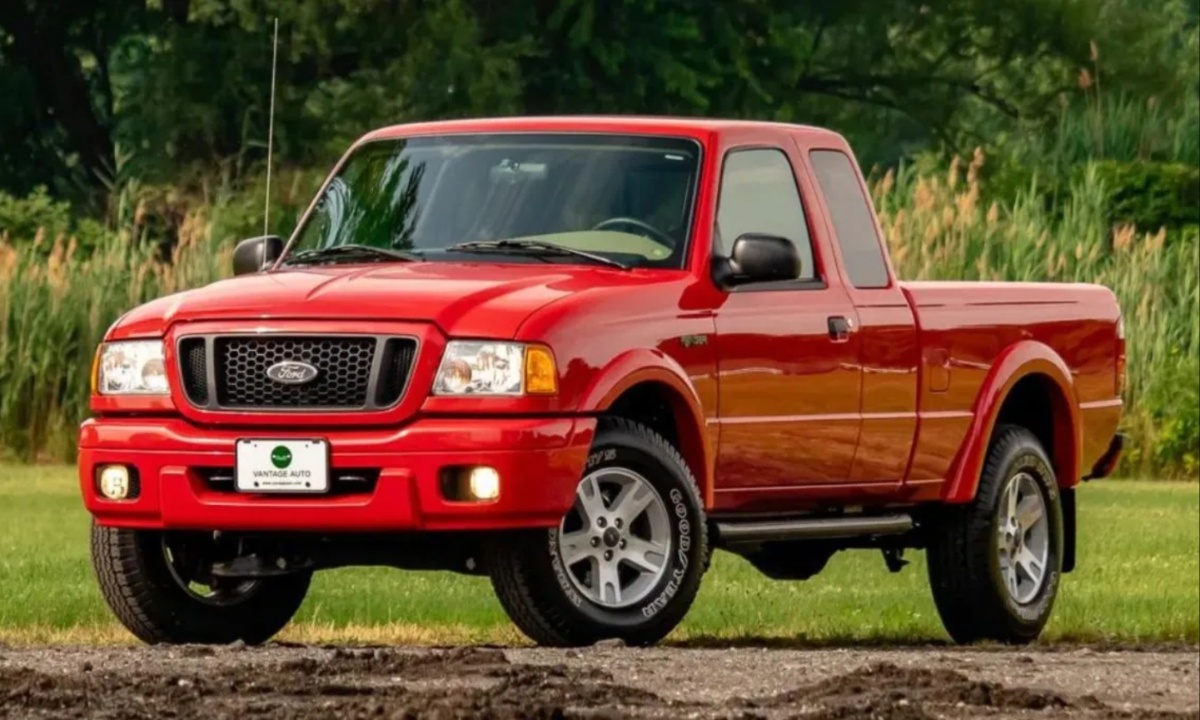
The durability of a truck’s frame is a fundamental factor in its long-term value, safety, and performance. Trucks like the post-2011 Toyota Tacoma, Ford Super Duty, Ram HD, Chevrolet Silverado HD (2011–2019), and Nissan Titan XD prove that solid engineering and corrosion protection pay dividends in longevity and reliability.
Conversely, trucks such as the early Tacoma, GMT800 Silverado, Nissan Frontier, Dodge Dakota, and Ford Ranger demonstrate how design flaws and poor rust protection can lead to premature structural failure and costly repairs.
Whether buying new or used, understanding the strengths and weaknesses of truck frames can save money and ensure peace of mind. Proper maintenance, including regular washing and undercoating, is essential to protect your investment and keep your truck safely on the road for years to come.
Also Read: 10 Cars With Rear Parking Sensors That Are Actually Useful

